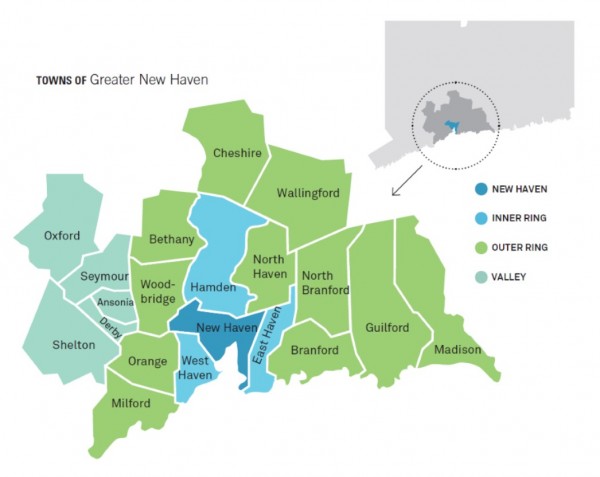Connecticut Medal of Science Nomination Deadline Approaches
/The Connecticut Medal of Science is Connecticut’s highest honor for scientific achievement in fields crucial to Connecticut's economic competitiveness and social-well-being. Nominations for the 2015 awards, to be announced in May, are due by Friday, March 13.
The Medal recognizes an individual who has made extraordinary contributions to the advancement of science in Connecticut. For this competition, science spans the physical and biological disciplines as well as mathematics, engineering and the social and behavioral sciences.
Modeled after the National Medal of Science, the award is bestowed in alternate years with the Connecticut Medal of Technology. (Science in odd-numbered years; Technology in even-numbered years.) The most recent Medal of Science recipient, in 2013, was Thomas A. Steitz, Sterling Professor of Molecular Biophysics and Biochemistry, Professor of Chemistry, at Yale University and Howard Hughes Medical Institute Investigator.
Unlike their federal counterparts, the state medals are designed to recognize individuals, not teams or entire corporations. The work the awards honor must also have a "clear association with Connecticut," meaning it must have been performed in the state, at least in its final stages, or in a company or institution closely affiliated with the state. Profiles of all Medal recipients are featured permanently in the Hall of Fame, located at the Connecticut Science Center in Hartford.
Selection of the Medalist is conducted by the Connecticut Academy of Science and Engineering, using the following criteria:
- Total impact of the candidate’s work on the current state of physical, biological, mathematical, engineering, or social and behavioral sciences. (primary criterion)

- Achievements of an unusually significant nature and their potential effects on the development of scientific thought.
- Distinguished service in the general advancement of science and engineering accompanied by substantial contributions to the content of science.
- Recognition by peers within the scientific community.
- Contributions to innovation and industry.
- Influence on education through publications, students, etc.
- A significant portion of the candidate’s work must have been performed in, or be associated with, an institution/organization/business located in Connecticut at least in its more mature and developed stage and during which time the candidate was a citizen of the U.S. or permanent resident who had applied for citizenship.
Nominations include a narrative statement by the individual making the nomination and three statements of support “from persons familiar with the technological aspects of the candidate's work.”
To date, Connecticut Medalists are:
Medal of Science
- Frederick M. Richards, Yale University
- Ronald R. Coifman, Yale University
- William C. Stwalley, University of Connecticut
- Michael P. Snyder, Yale University
- Robert R. Birge, University of Connecticut
- Steven L. Suib, University of Connecticut
- Thomas A. Steitz, Yale University
Medal of Technology
- Joseph Gerber, Gerber Scientific
- Charles H. Kaman, Kaman Corporation
- Anthony J. DeMaria, DEOS, LLC
- Gene Banucci, ATMI, Inc.
- Tso-Ping Ma, Yale University
- Jonathan M. Rothberg, Ion Forrent
- Yaakov Bar-Shalom, University of Connecticut
- Frederick J. Leonberger, EOvation Advisors
The 2015 Medal of Science will be presented at the May 19, 2015 Annual Dinner of the Connecticut Academy of Science and Engineering. Additional information is available from Richard Strauss, Executive Director of the Connecticut Academy of Science and Engineering, at 860-571-7135.



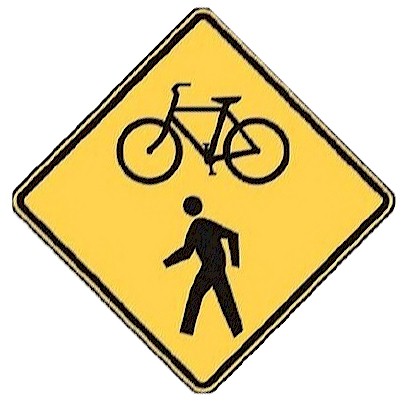
 motorized transportation networks and safety. Communities that routinely collect walking and biking data, they point out, are better positioned to track trends and prioritize investments.
motorized transportation networks and safety. Communities that routinely collect walking and biking data, they point out, are better positioned to track trends and prioritize investments.
 “We were excited here in Connecticut to give our Girl Scouts the opportunity to participate in a pilot of Digital Cookie, a first-of-its-kind web platform that lets girls sell cookies from their own protected, personalized websites,” said Tiffany Ventura Thiele, Communications & PR Manager for Girl Scouts of Connecticut.
“We were excited here in Connecticut to give our Girl Scouts the opportunity to participate in a pilot of Digital Cookie, a first-of-its-kind web platform that lets girls sell cookies from their own protected, personalized websites,” said Tiffany Ventura Thiele, Communications & PR Manager for Girl Scouts of Connecticut.
 Officials stress that “because 100 percent of the net revenue raised through the Girl Scout Cookie Program stays with local councils, when you purchase Girl Scout Cookies you’re not only getting a delicious treat — you’re also making an important investment in your community.”
Officials stress that “because 100 percent of the net revenue raised through the Girl Scout Cookie Program stays with local councils, when you purchase Girl Scout Cookies you’re not only getting a delicious treat — you’re also making an important investment in your community.”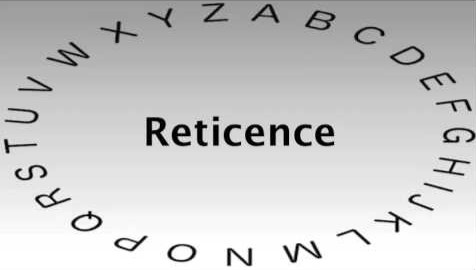
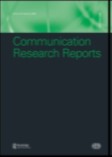 The “dysfunctional thinking” and anxiety due to emotional instability or the lack of openness to new experience contributes to fear of negative evaluation, the study concluded. It is this fear of potential negative social judgment that is at the heart of reticence, in which individuals believe that ‘‘it is better to remain silent than to risk appearing foolish.’’
The “dysfunctional thinking” and anxiety due to emotional instability or the lack of openness to new experience contributes to fear of negative evaluation, the study concluded. It is this fear of potential negative social judgment that is at the heart of reticence, in which individuals believe that ‘‘it is better to remain silent than to risk appearing foolish.’’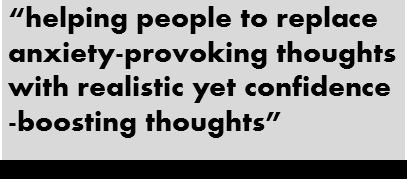
 s.
s. The top 10 institutions are Johns Hopkins, University of Michigan (Ann Arbor), University of Washington (Seattle), University of Wisconsin (Madison), University of California (San Diego), University of California (San Francisco), Harvard, Duke, University of North Carolina (Chapel Hill) and University of California (Los Angeles).
The top 10 institutions are Johns Hopkins, University of Michigan (Ann Arbor), University of Washington (Seattle), University of Wisconsin (Madison), University of California (San Diego), University of California (San Francisco), Harvard, Duke, University of North Carolina (Chapel Hill) and University of California (Los Angeles). The survey collects information on R&D expenditures by field of research and source of funds and also gathers information on types of research and expenses and headcounts of R&D personnel. The survey is an annual census of institutions that expended at least $150,000 in separately budgeted R&D during the fiscal year.
The survey collects information on R&D expenditures by field of research and source of funds and also gathers information on types of research and expenses and headcounts of R&D personnel. The survey is an annual census of institutions that expended at least $150,000 in separately budgeted R&D during the fiscal year.

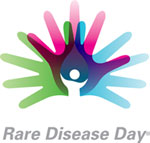

 iagnose, treat, and ultimately, cure NEC. Named after Morgan, it celebrates his survival, courage and strength. Morgan and his twin brother were born at 28 weeks, nearly three months early and each weighing less than 2.5 pounds. At four days old, Morgan developed NEC and lost approximately 20 percent of his small intestine. Morgan not only survived but has also thrived since his bout with NEC. The fund is his family’s way of paying it forward.
iagnose, treat, and ultimately, cure NEC. Named after Morgan, it celebrates his survival, courage and strength. Morgan and his twin brother were born at 28 weeks, nearly three months early and each weighing less than 2.5 pounds. At four days old, Morgan developed NEC and lost approximately 20 percent of his small intestine. Morgan not only survived but has also thrived since his bout with NEC. The fund is his family’s way of paying it forward.
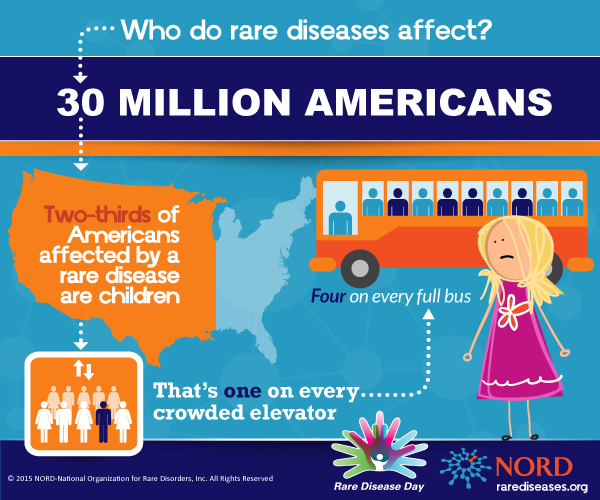


 “Hopefully this program will be a model for the rest of state,’’ Snedaker said. “Parents will now know their young children will have some of the same protections that benefit public middle and high school athletes.” In Norwalk, the newly approved guidelines had received support for the Norwalk Youth Football and Cheer, Norwalk Junior Soccer Association, Norwalk Cal Ripkin Baseball, Norwalk Little League and Norwalk Junior Lacrosse, according to the SportsCAPP website.
“Hopefully this program will be a model for the rest of state,’’ Snedaker said. “Parents will now know their young children will have some of the same protections that benefit public middle and high school athletes.” In Norwalk, the newly approved guidelines had received support for the Norwalk Youth Football and Cheer, Norwalk Junior Soccer Association, Norwalk Cal Ripkin Baseball, Norwalk Little League and Norwalk Junior Lacrosse, according to the SportsCAPP website.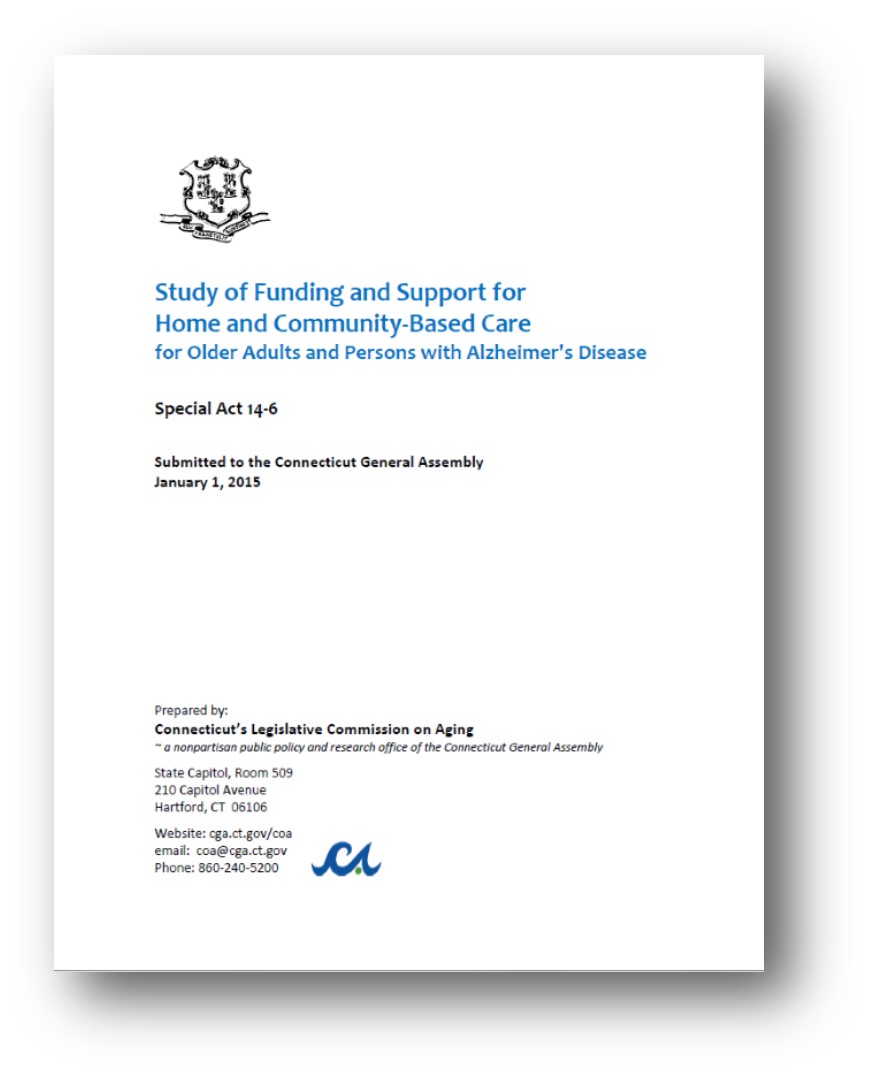


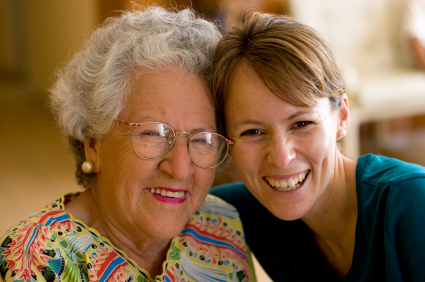 The report also suggests that policy makers “explore the possibility of incenting employer-based long-term care insurance coverage.” In 2009 almost 25,000 employers in the U.S. offered long-term care insurance to their employees – just 35 percent of the 7.5 million insurance policies in effect. In addition, the report encourages the Connecticut Congressional delegation to support a federal tax deduction for long-term care insurance, and urges policy makers to consider making reverse mortgages “a more viable option.”
The report also suggests that policy makers “explore the possibility of incenting employer-based long-term care insurance coverage.” In 2009 almost 25,000 employers in the U.S. offered long-term care insurance to their employees – just 35 percent of the 7.5 million insurance policies in effect. In addition, the report encourages the Connecticut Congressional delegation to support a federal tax deduction for long-term care insurance, and urges policy makers to consider making reverse mortgages “a more viable option.”
 The
The 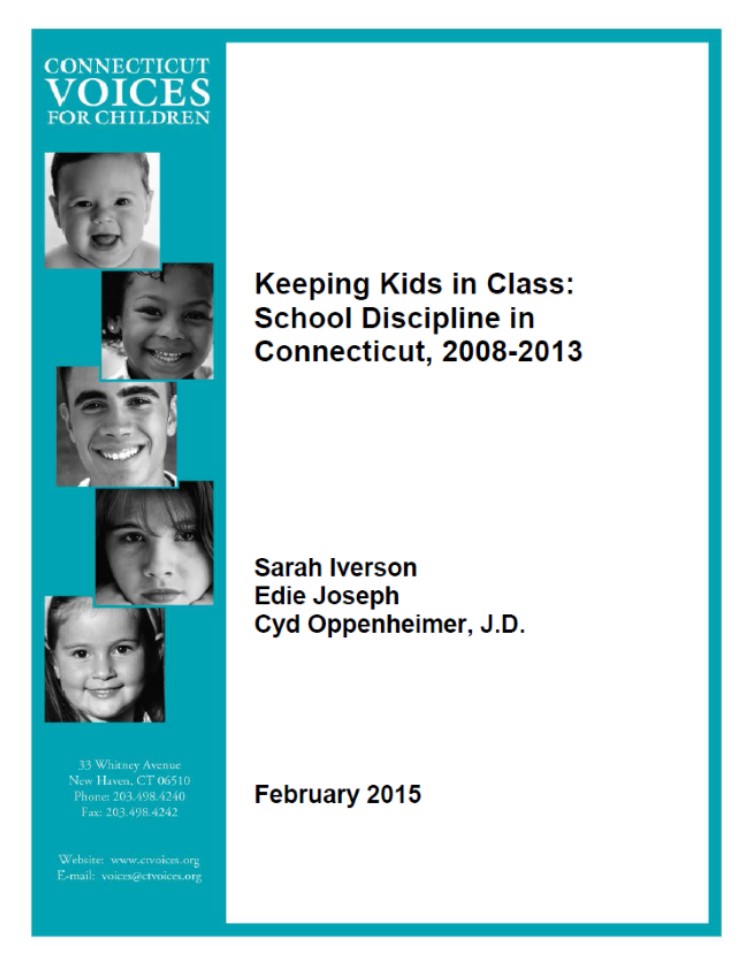
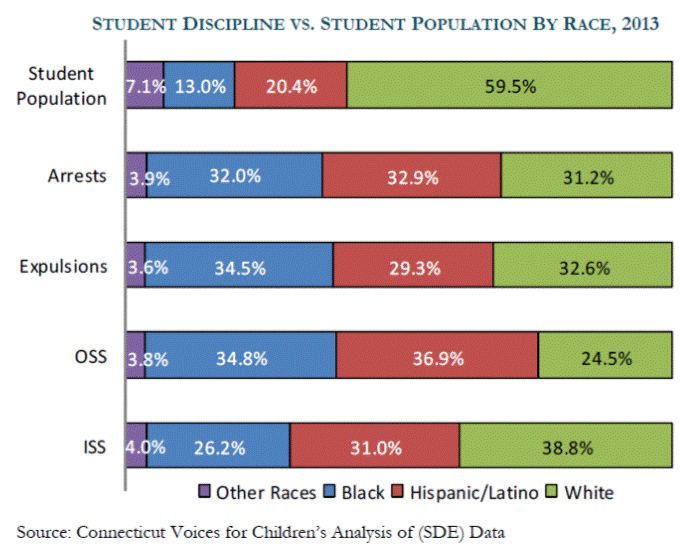

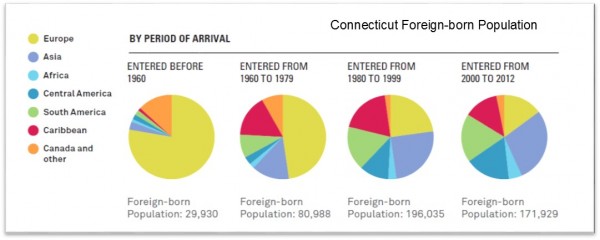
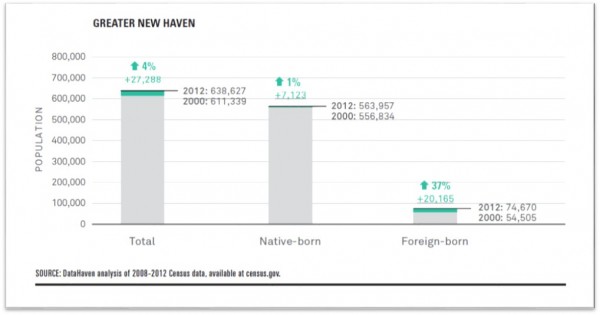 In New Haven’s neighborhoods in particular, the boost in immigrants has revitalized communities and spurred new businesses. From 1970 to 1990, the foreign-born population in most New Haven neighborhoods remained flat or declined, and these neighborhoods suffered from overall population decline—similar to other central city neighborhoods in post-industrial cities. Since 1990, the report found, the foreign-born population in many city neighborhoods has rebounded sharply, particularly in areas such as Edgewood, West River, Fair Haven, and the Hill. These areas have seen a large influx of population and business overall.
In New Haven’s neighborhoods in particular, the boost in immigrants has revitalized communities and spurred new businesses. From 1970 to 1990, the foreign-born population in most New Haven neighborhoods remained flat or declined, and these neighborhoods suffered from overall population decline—similar to other central city neighborhoods in post-industrial cities. Since 1990, the report found, the foreign-born population in many city neighborhoods has rebounded sharply, particularly in areas such as Edgewood, West River, Fair Haven, and the Hill. These areas have seen a large influx of population and business overall.